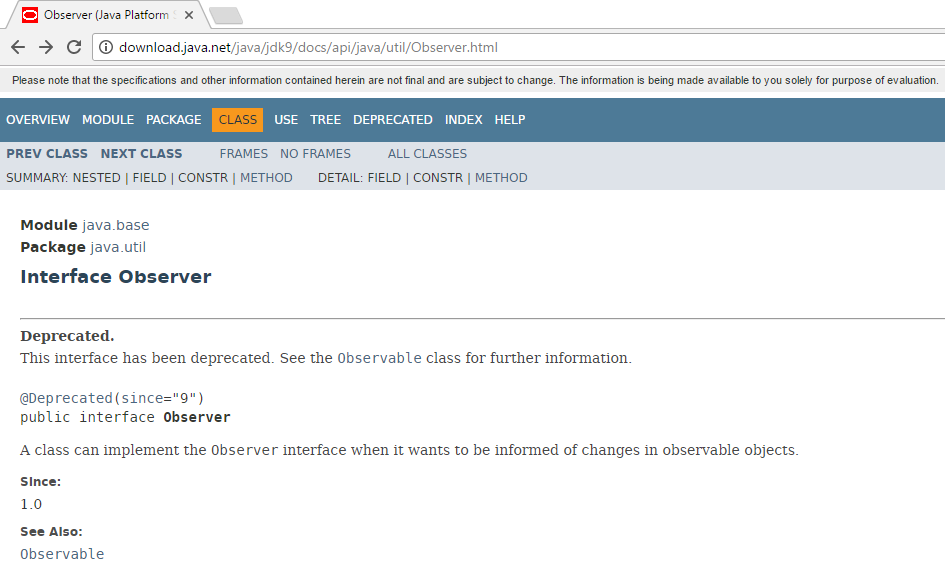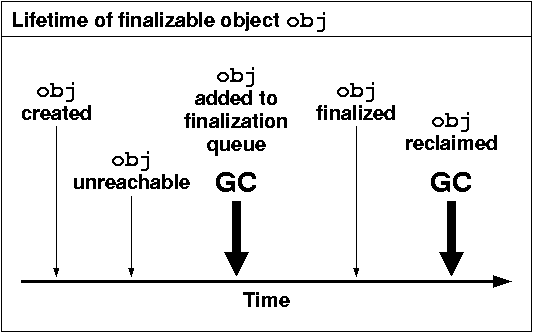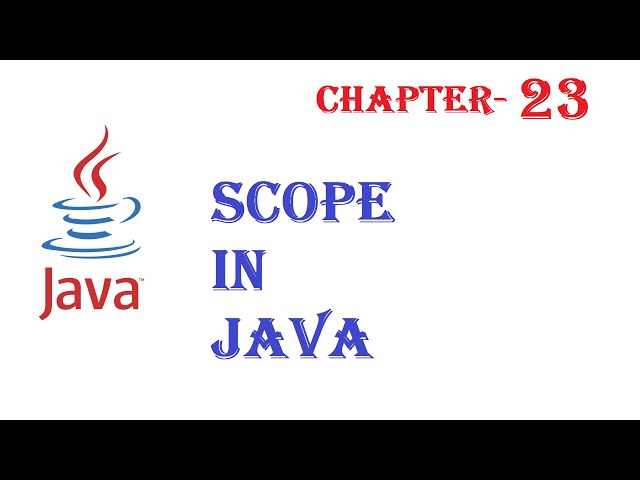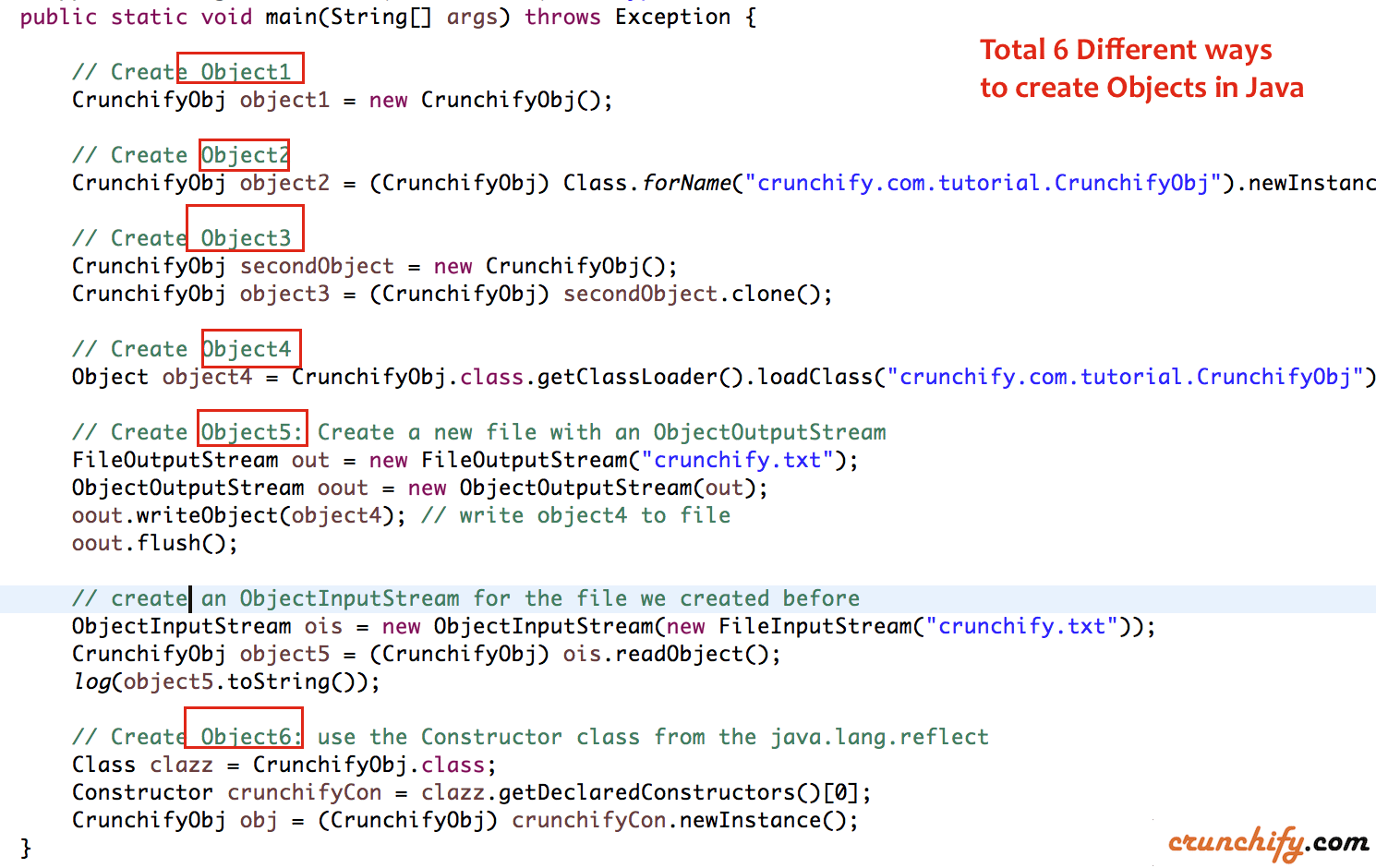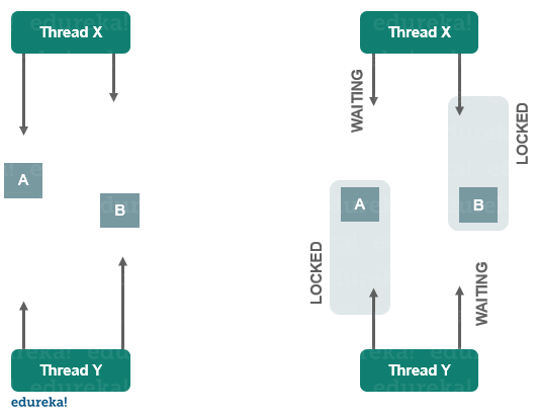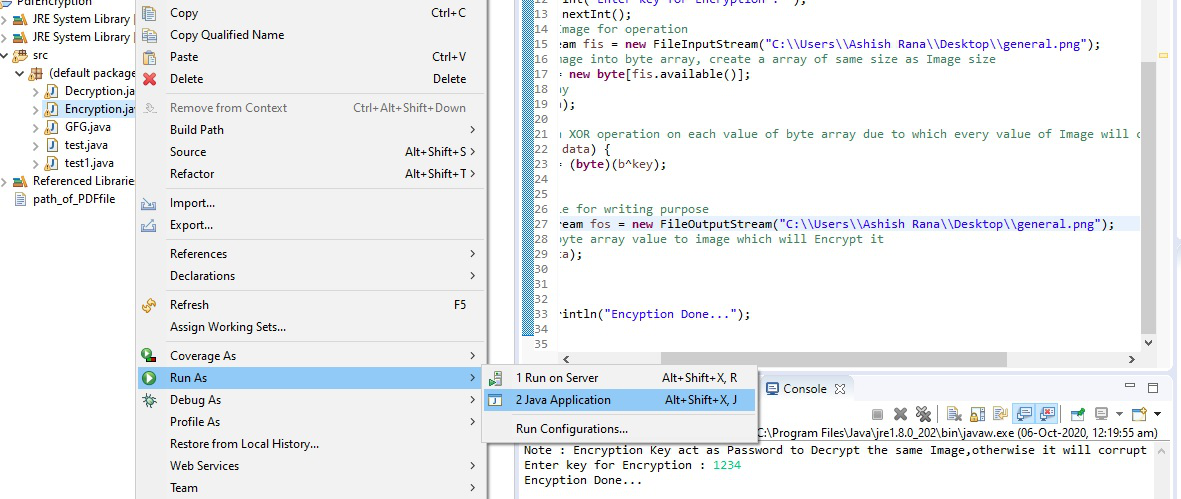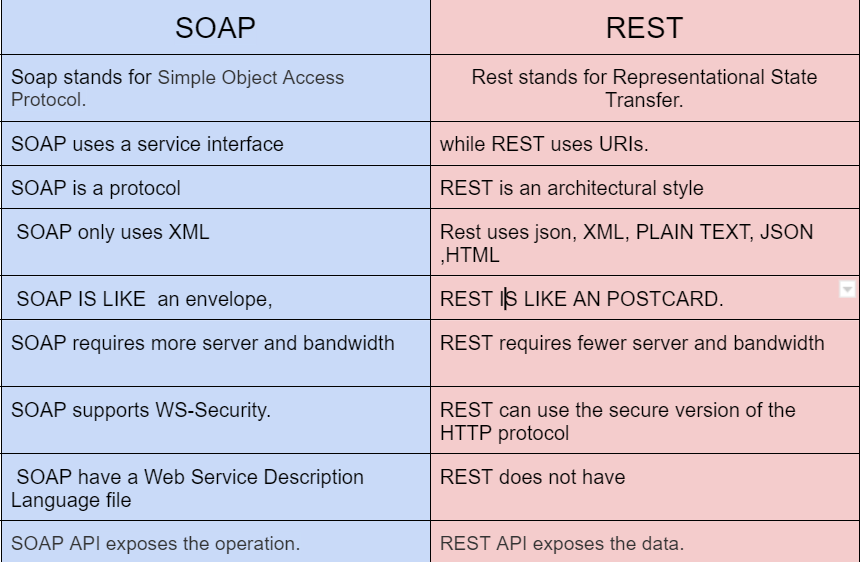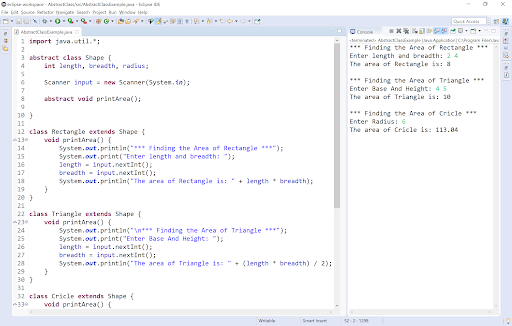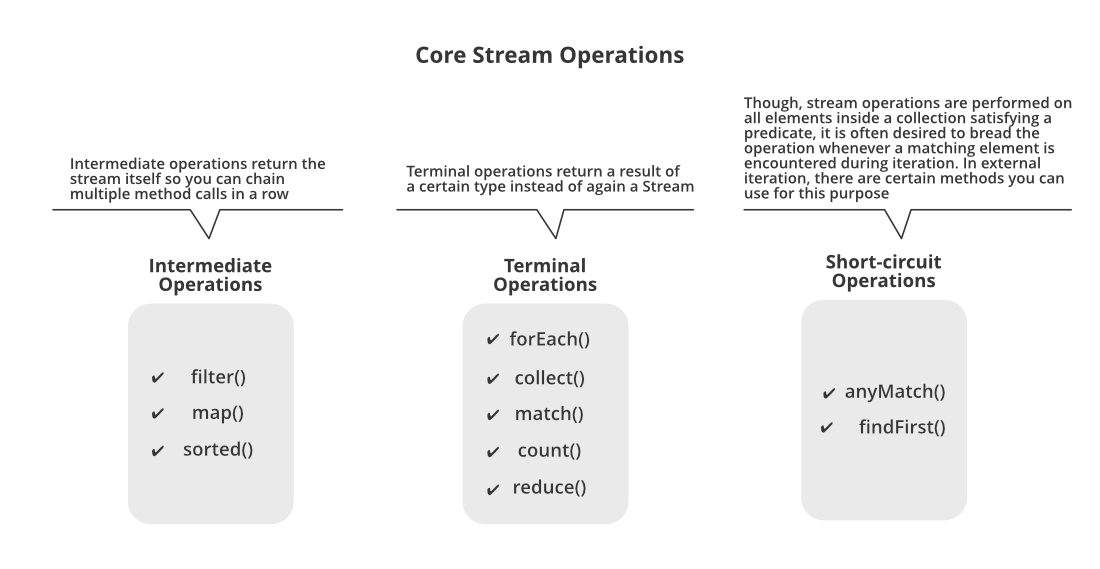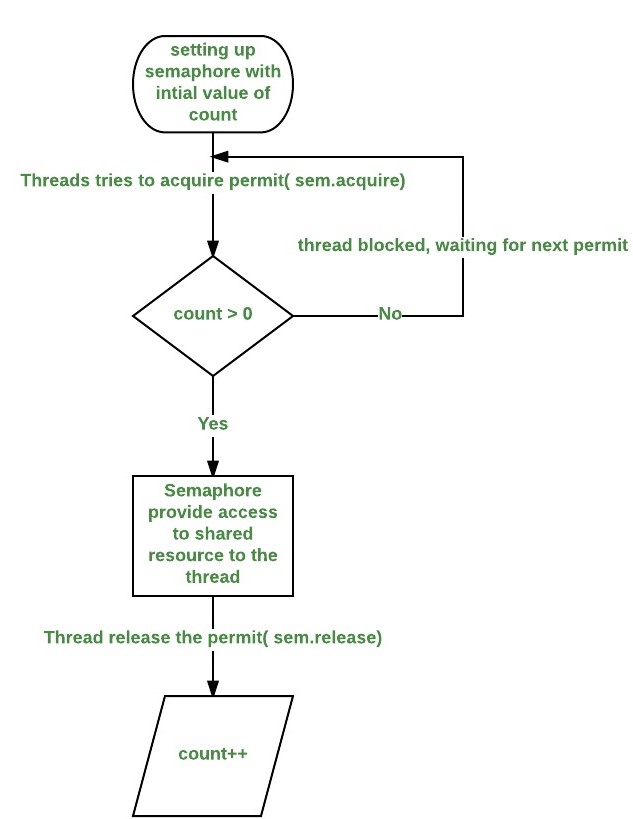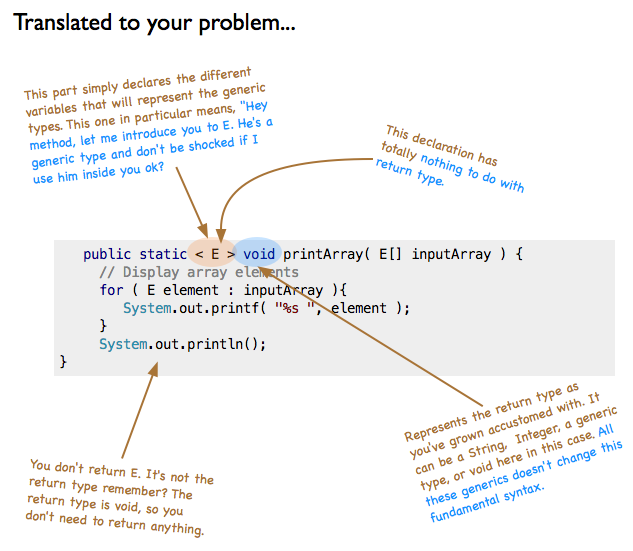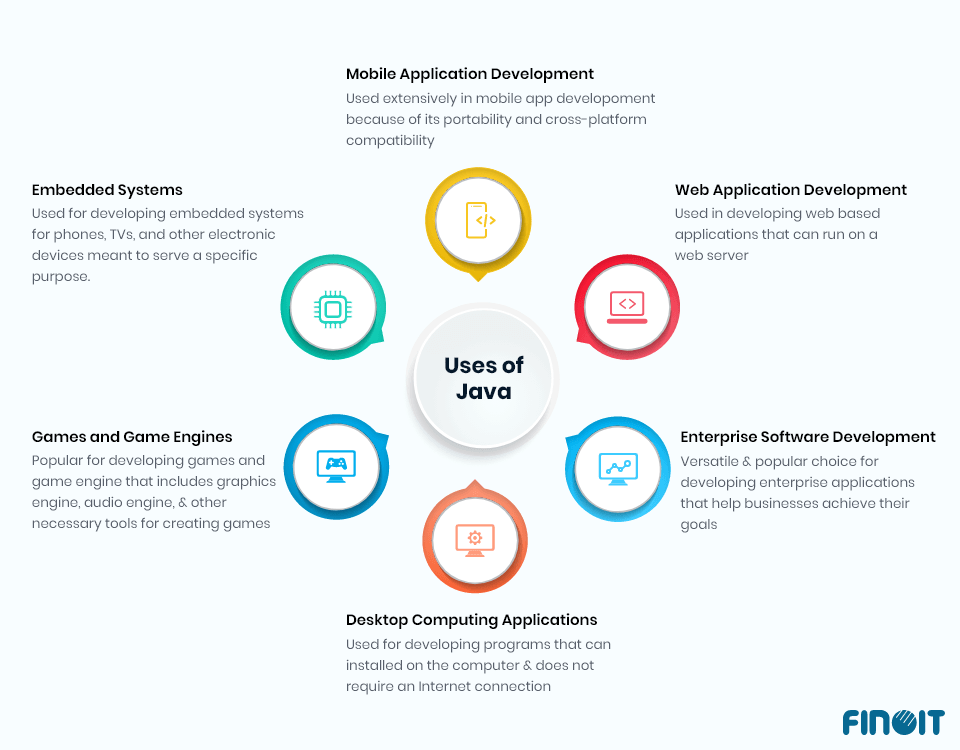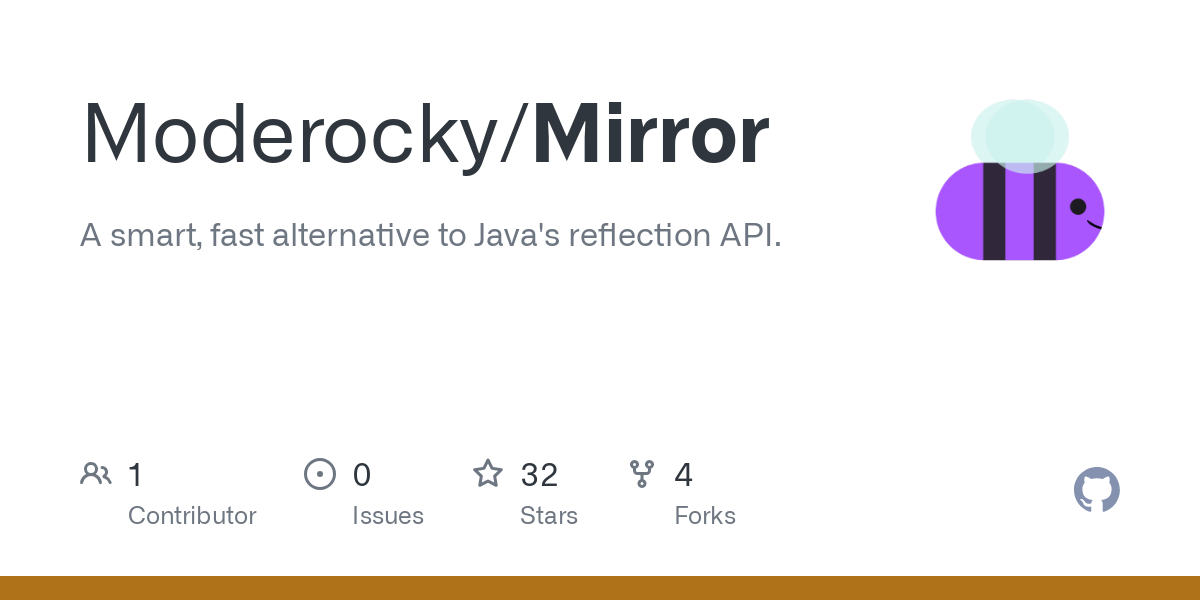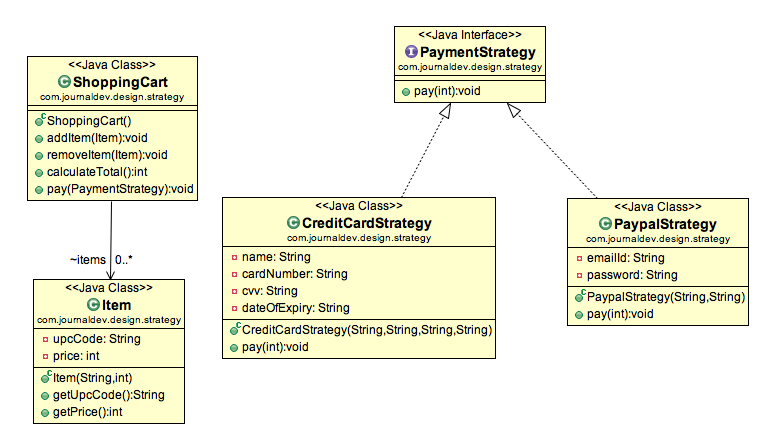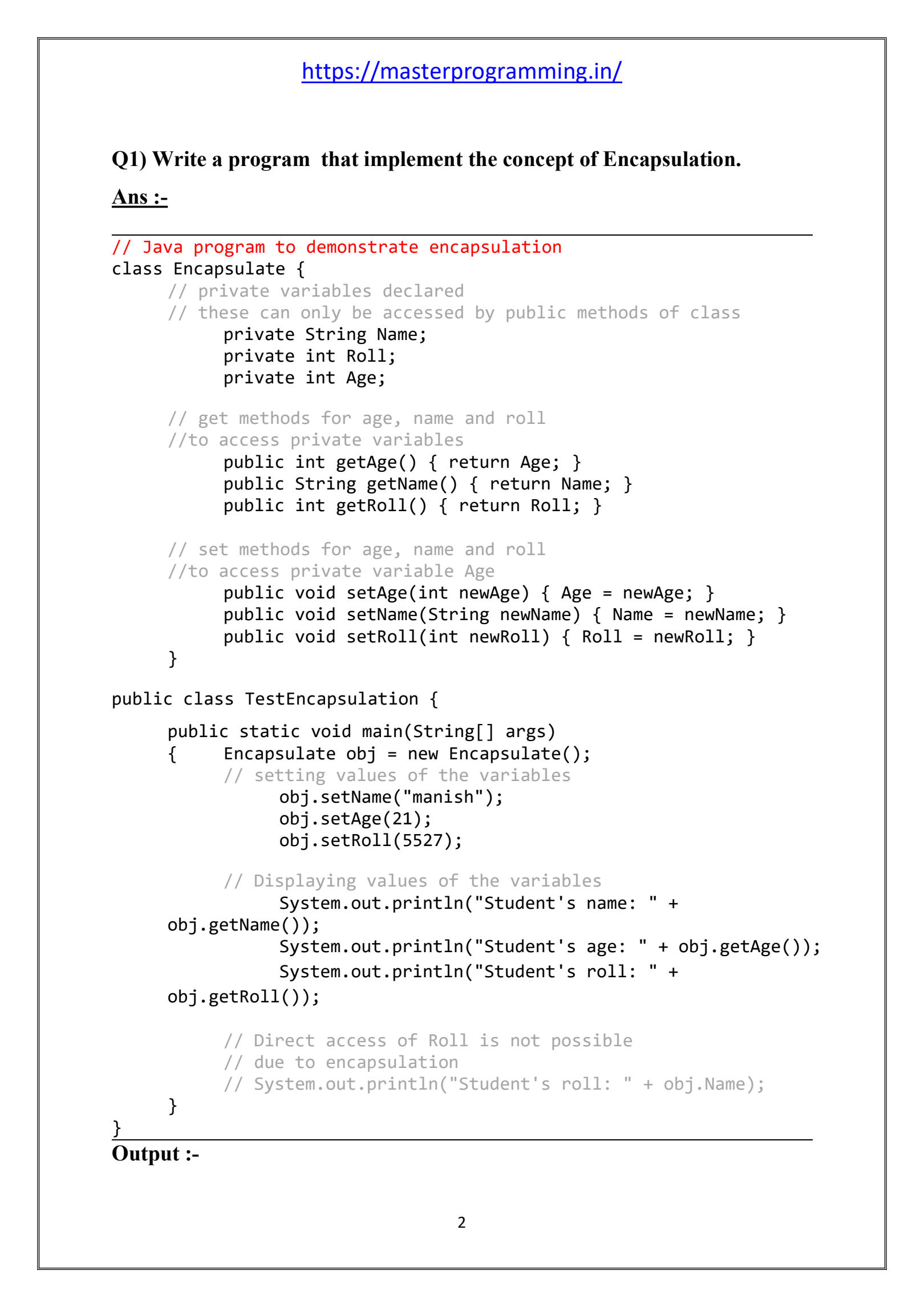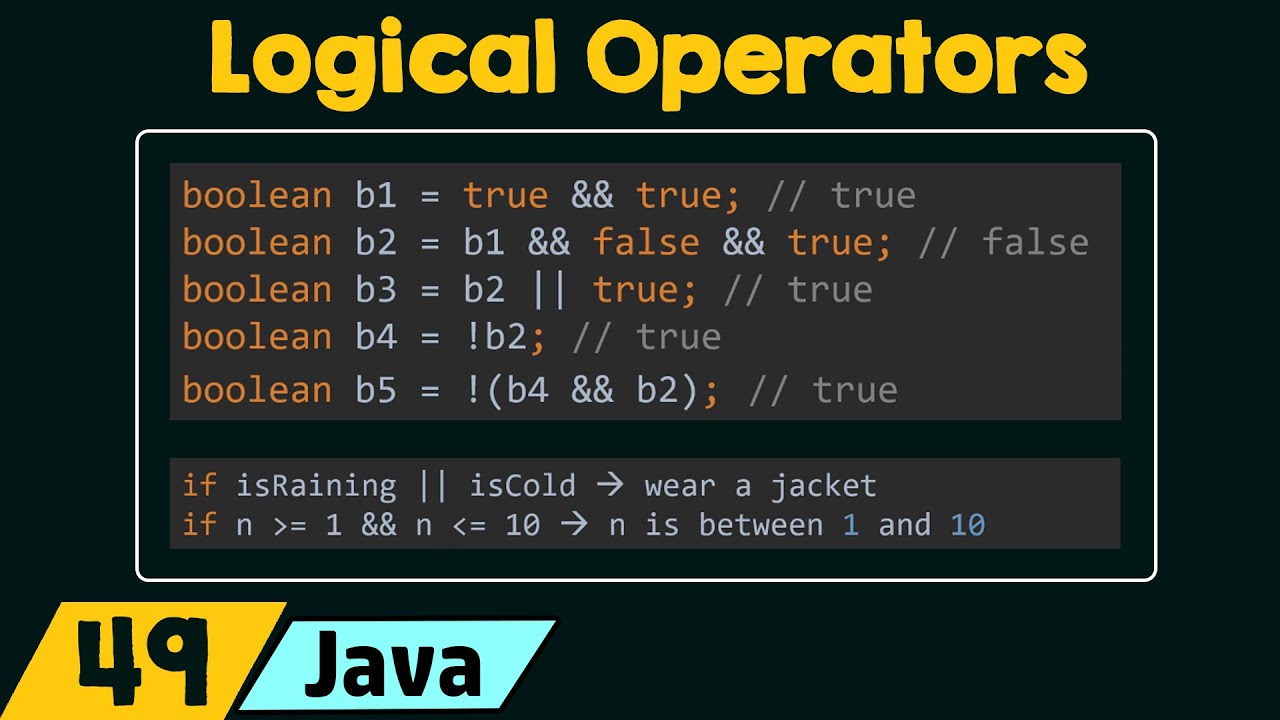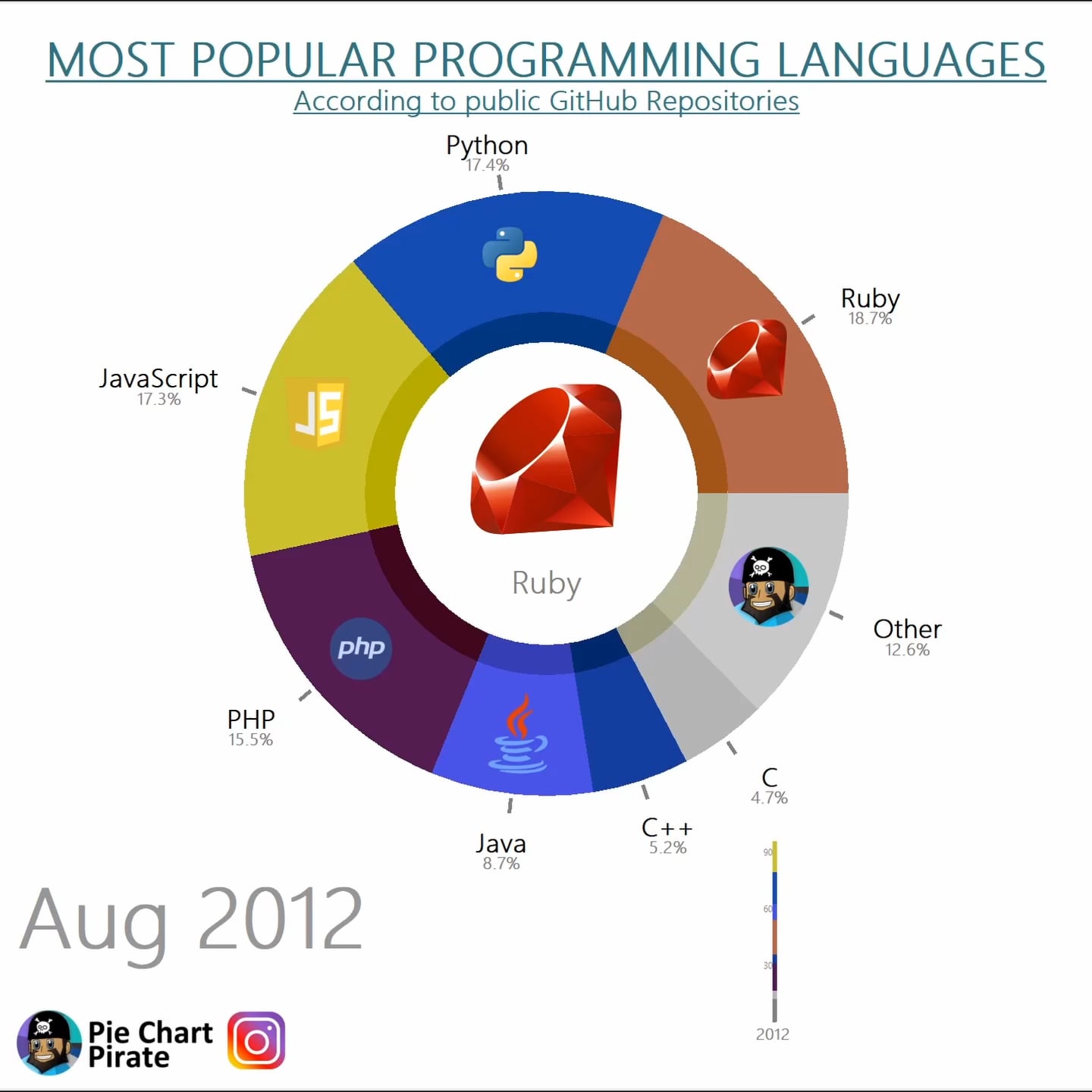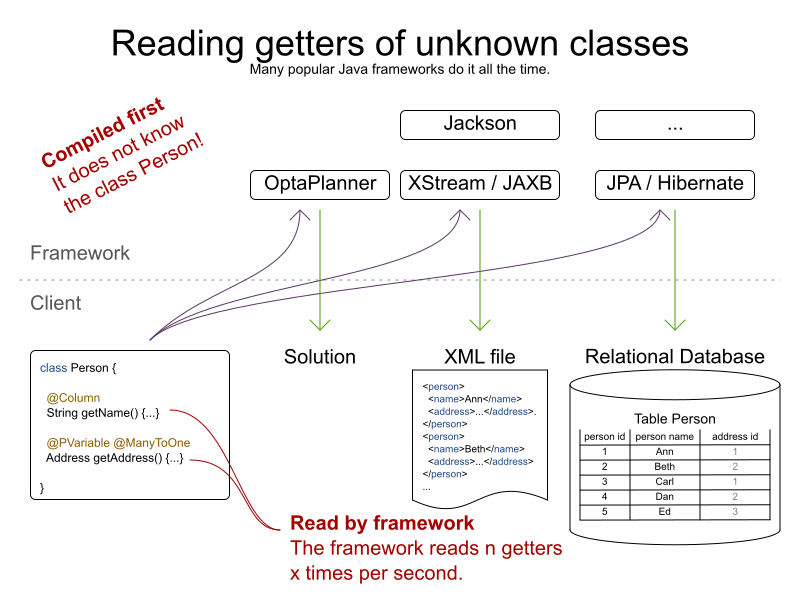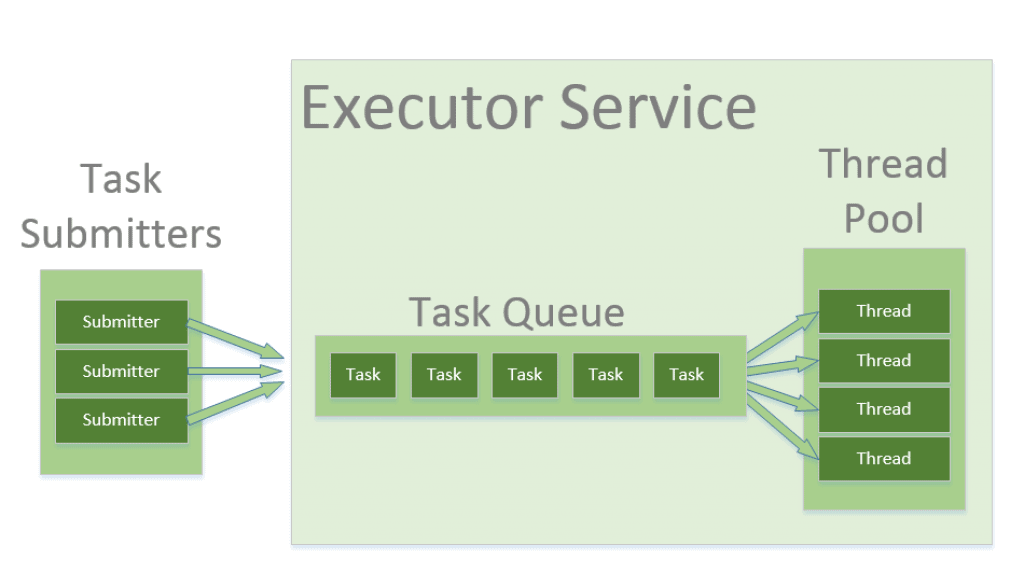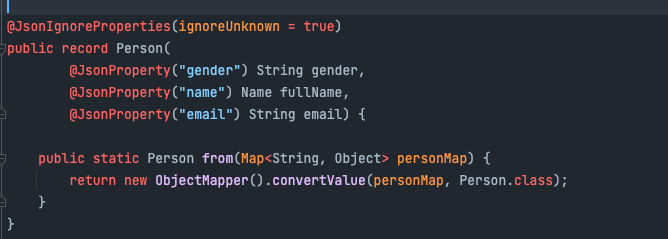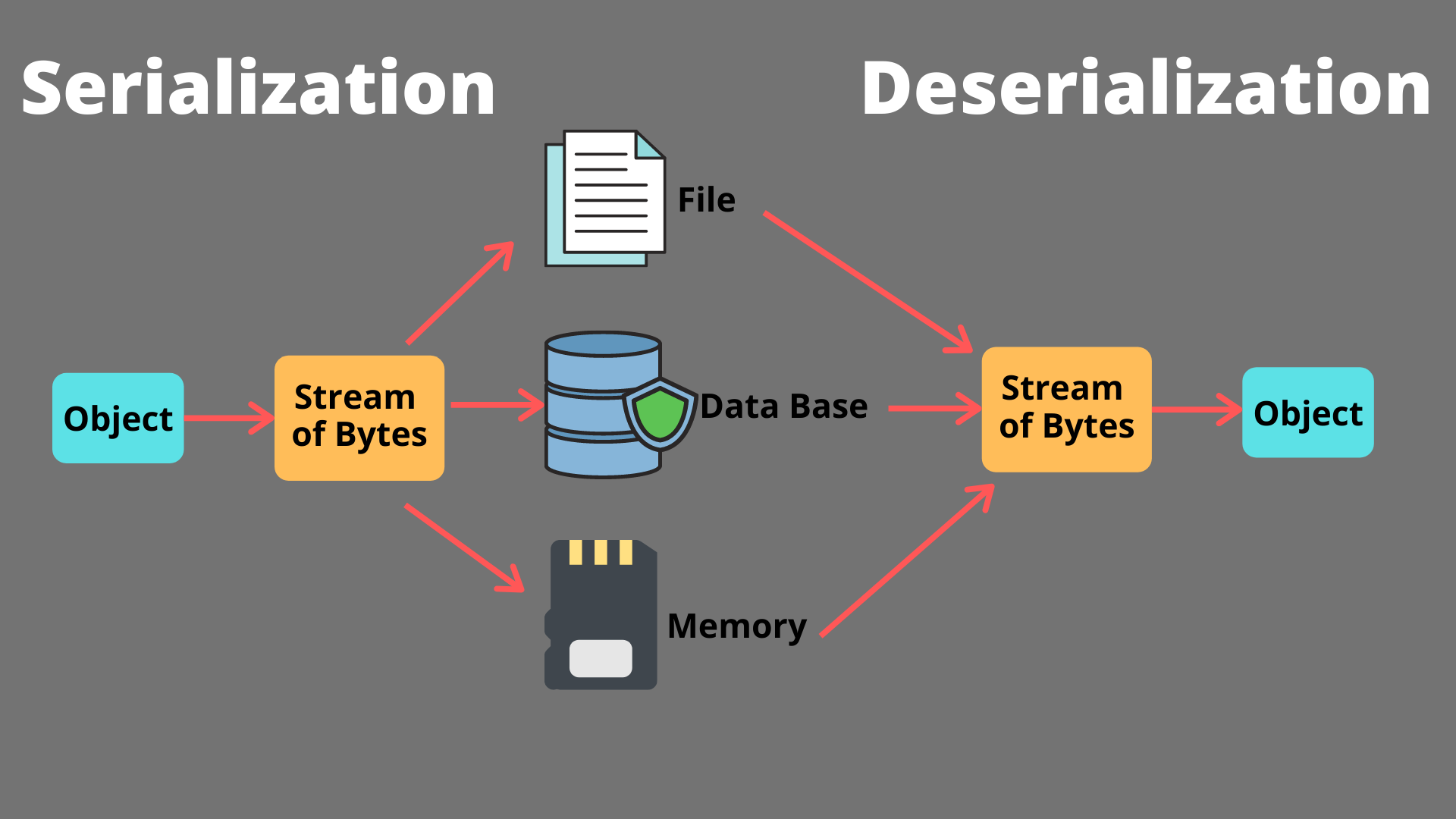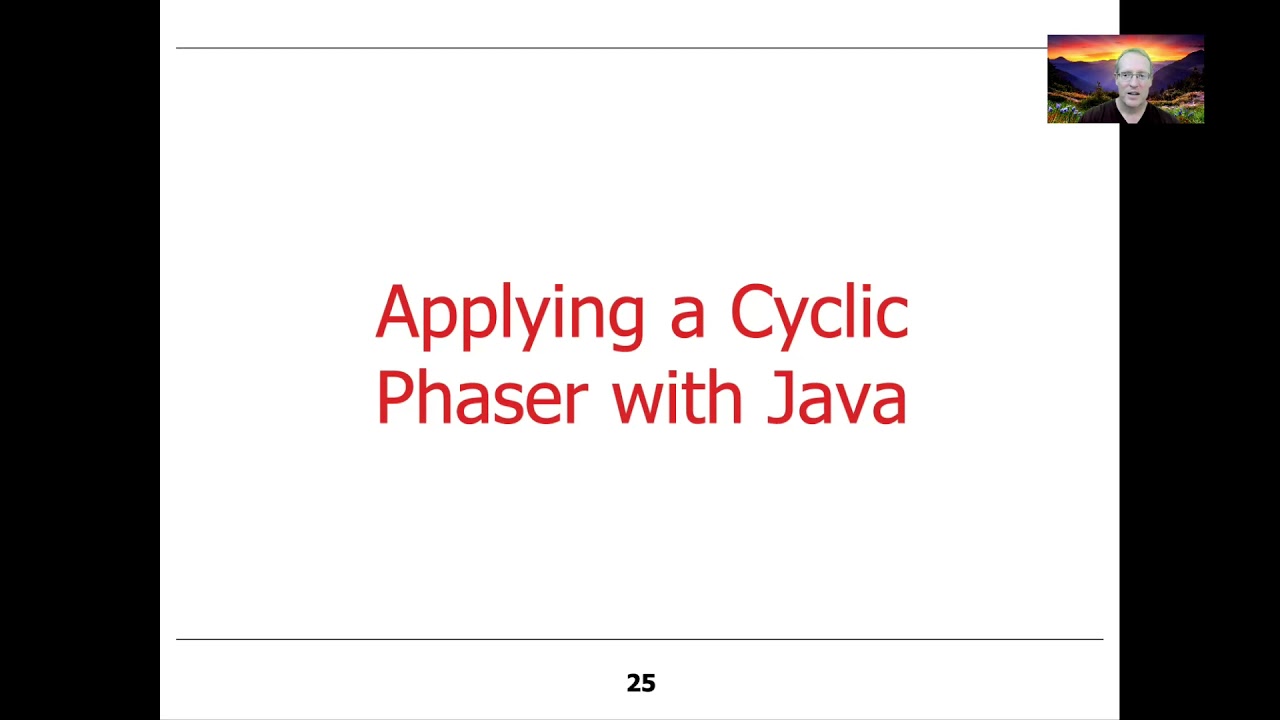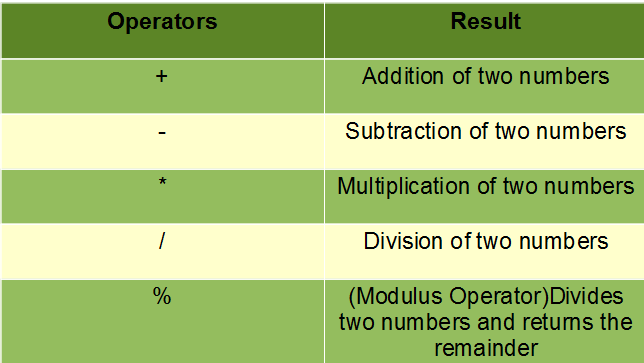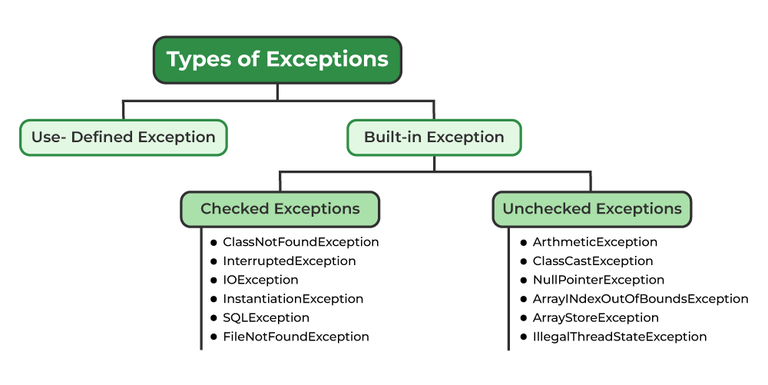For each loop in java 8 example
For each loop in java 8 example
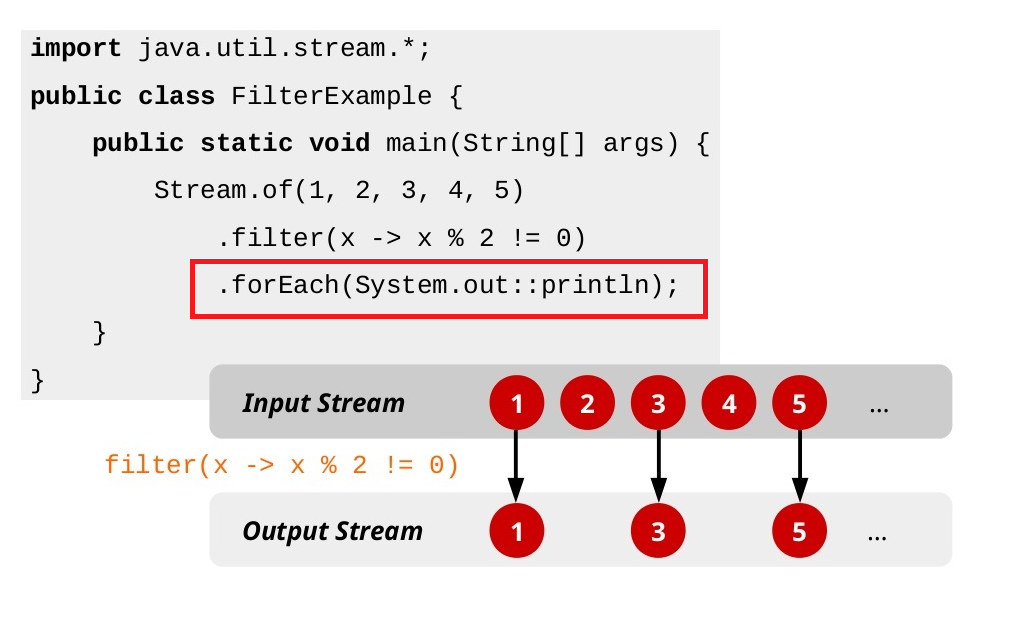
I'd be happy to help! Here's an example of using Java 8 loops:
For-each Loop
Let's say we have a list of integers and we want to print out the squares of each integer:
import java.util.List;
import java.util.ArrayList;
public class ForEachExample {
public static void main(String[] args) {
List numbers = new ArrayList<>();
numbers.add(1);
numbers.add(2);
numbers.add(3);
numbers.add(4);
numbers.add(5);
// Using for-each loop
for (Integer number : numbers) {
System.out.println(number * number);
}
}
}
In this example, we create a list of integers and then use a for-each loop to iterate over the list. Inside the loop, we print out the square of each integer using the expression number * number. The output will be:
1
4
9
16
25
The for-each loop is a concise way to iterate over a collection (such as an array or list) and perform an operation on each element. It's often used when you need to iterate over a collection and don't care about the index of the elements.
Stream API
Let's say we have a list of strings and we want to capitalize the first letter of each string:
import java.util.List;
import java.util.stream.Collectors;
public class StreamExample {
public static void main(String[] args) {
List words = new ArrayList<>();
words.add("hello");
words.add("world");
words.add("java");
// Using stream API
List capitalizedWords = words.stream()
.map(word -> word.substring(0, 1).toUpperCase() + word.substring(1))
.collect(Collectors.toList());
System.out.println(capitalizedWords);
}
}
In this example, we create a list of strings and then use the Stream API to iterate over the list. We use the map method to apply a transformation function to each string (in this case, capitalizing the first letter), and then use the collect method to collect the results into a new list.
The output will be:
Hello
World
Java
The Stream API is a powerful way to process data in Java, providing a concise and expressive way to perform operations on collections. It's often used when you need to perform complex processing or filtering on a collection of data.
Parallel Streams
Let's say we have a list of integers and we want to calculate the sum of each integer:
import java.util.List;
import java.util.stream.IntStream;
public class ParallelStreamsExample {
public static void main(String[] args) {
List numbers = new ArrayList<>();
for (int i = 0; i < 10; i++) {
numbers.add(i);
}
// Using parallel streams
int sum = IntStream.range(0, numbers.size())
.parallel()
.mapToObj(i -> numbers.get(i))
.mapToInt(Integer::intValue)
.sum();
System.out.println(sum);
}
}
In this example, we create a list of integers and then use the Stream API to calculate the sum of each integer. We use the parallel method to enable parallel processing, which can significantly improve performance when working with large datasets.
The output will be:
45
Parallel streams are a powerful way to process data in Java, providing a scalable way to perform computations on large datasets. It's often used when you need to perform complex processing or filtering on a collection of data and want to take advantage of multiple CPU cores.
I hope this helps! Let me know if you have any questions or need further assistance.
What is the purpose of the forEach() method in Java 8?
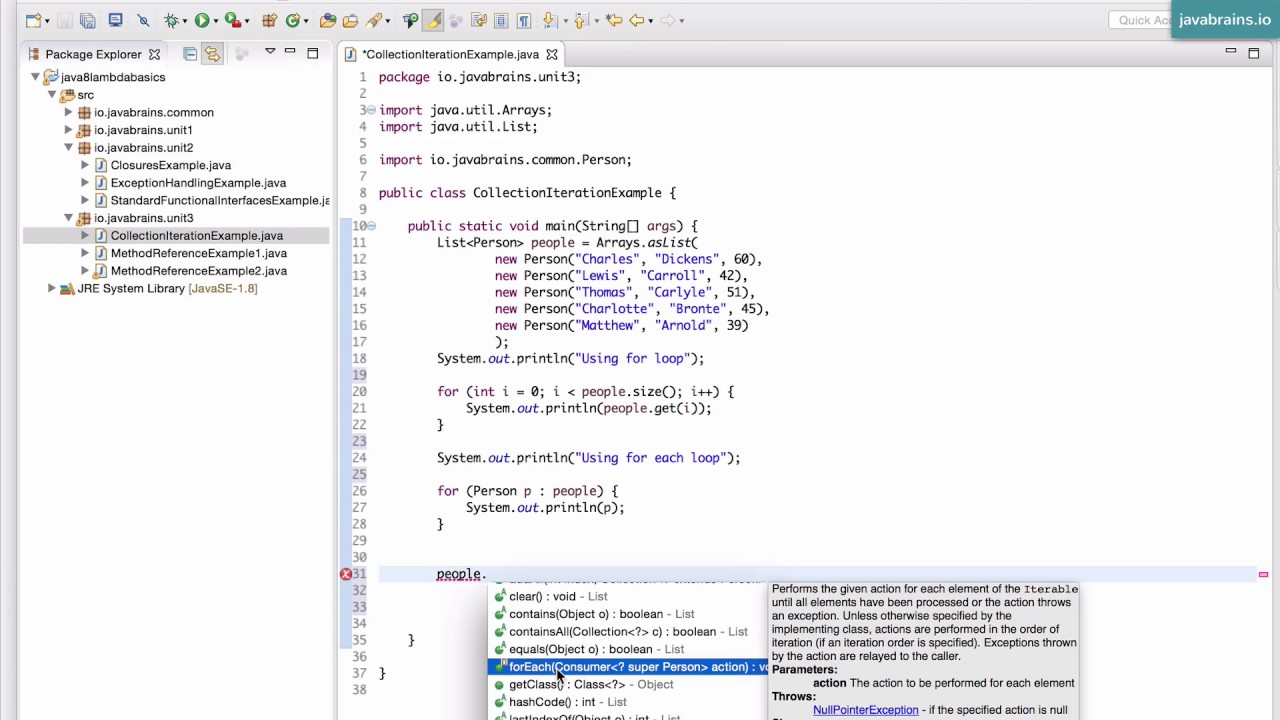
The forEach() method in Java 8 is a part of the Stream API, which was introduced to simplify working with collections and streams of data. Its primary purpose is to perform an action on each element of a stream or collection.
The forEach() method takes a Consumer (an interface that represents an operation that accepts a single input argument and returns no result) as its parameter. When called on a Stream, it applies the provided Consumer to each element in the stream, one by one.
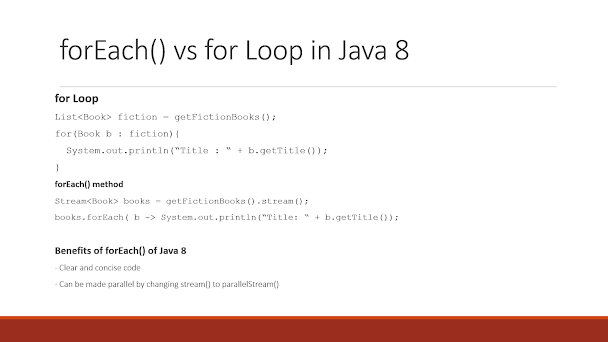
Here are some key points about the purpose of forEach():
forEach() method iterates over the elements in a stream or collection and performs an action on each one, whereas other methods like map(), filter(), etc., operate on the entire stream or collection. Side-effecting behavior: Since forEach() is designed to perform side-effects (i.e., modify external state), it's often used with operations that require accessing external resources, such as files, databases, or UI components. Functional programming: Unlike traditional loops that use indexes and conditional statements, forEach() embodies a functional programming approach by treating each element independently without affecting the iteration process. Concurrent execution: When using parallel streams (introduced in Java 8), the forEach() method can be used to execute actions concurrently, making it suitable for tasks like processing large datasets or performing expensive operations. Integrating with other Stream operations: The forEach() method is often combined with other Stream operations, such as mapping, filtering, and reducing, allowing you to perform complex data processing tasks in a concise manner.
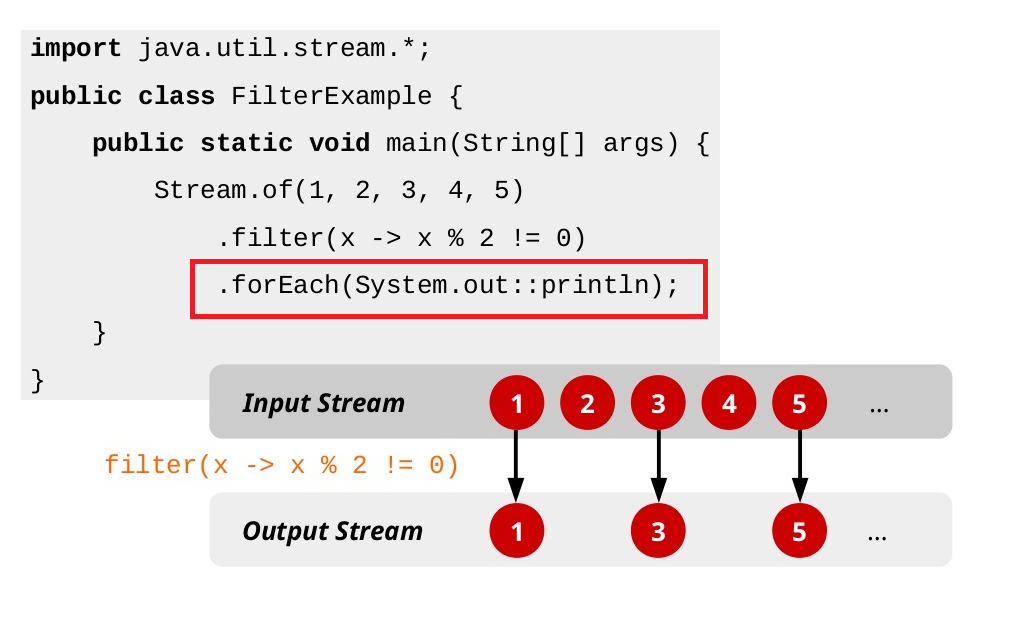
Some common use cases for the forEach() method include:
In summary, the forEach() method in Java 8 is a powerful tool for performing actions on each element of a stream or collection. Its ability to iterate over elements and handle side-effects makes it an essential part of any Java programmer's toolkit.
